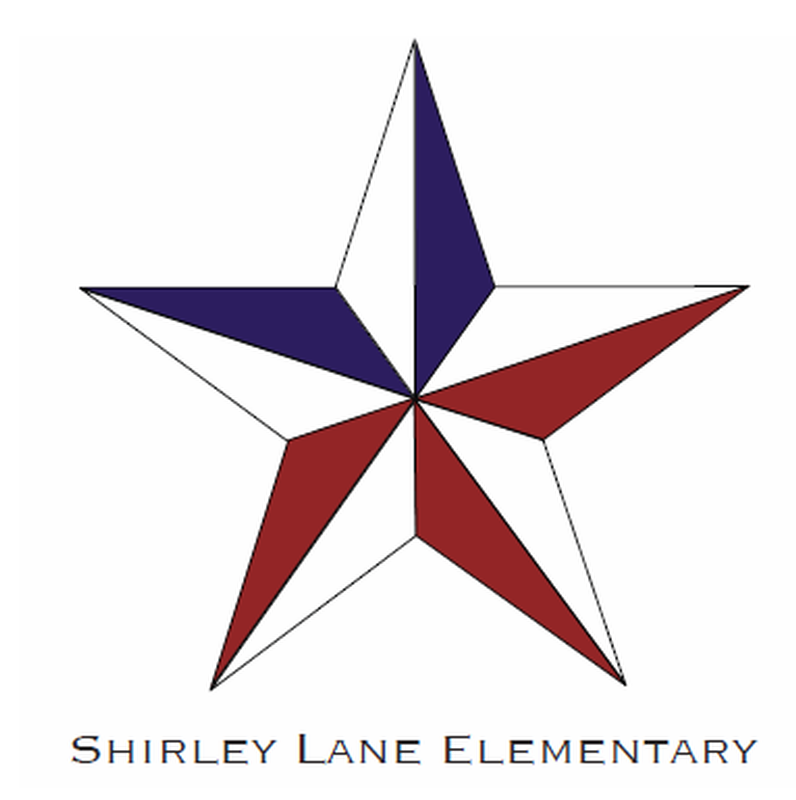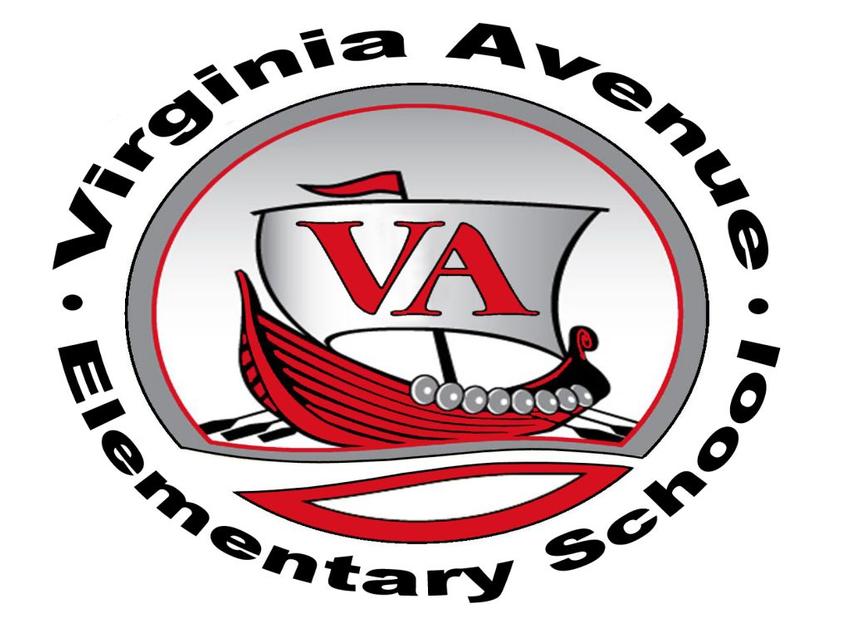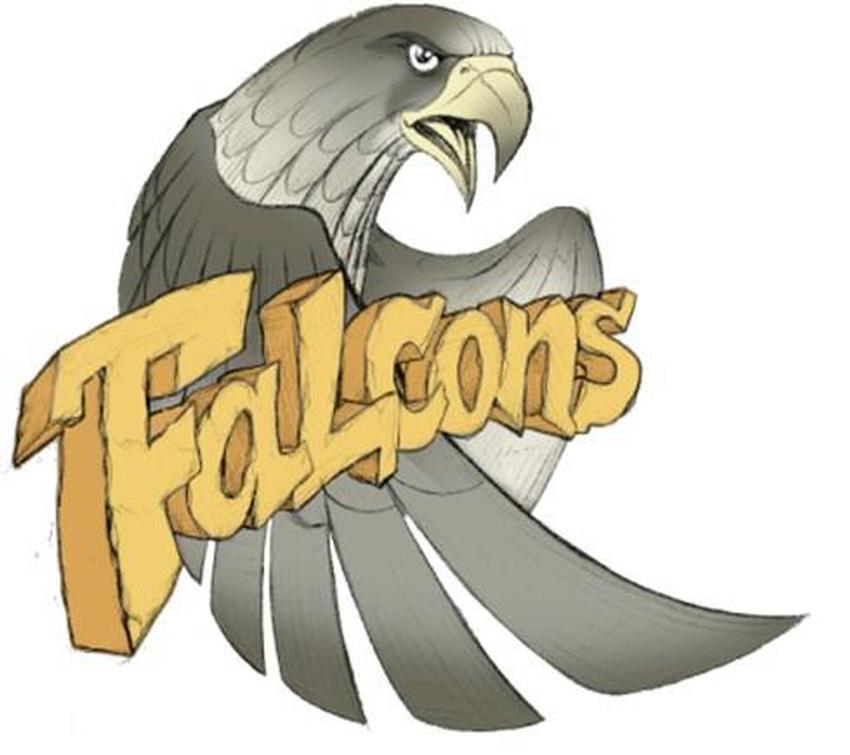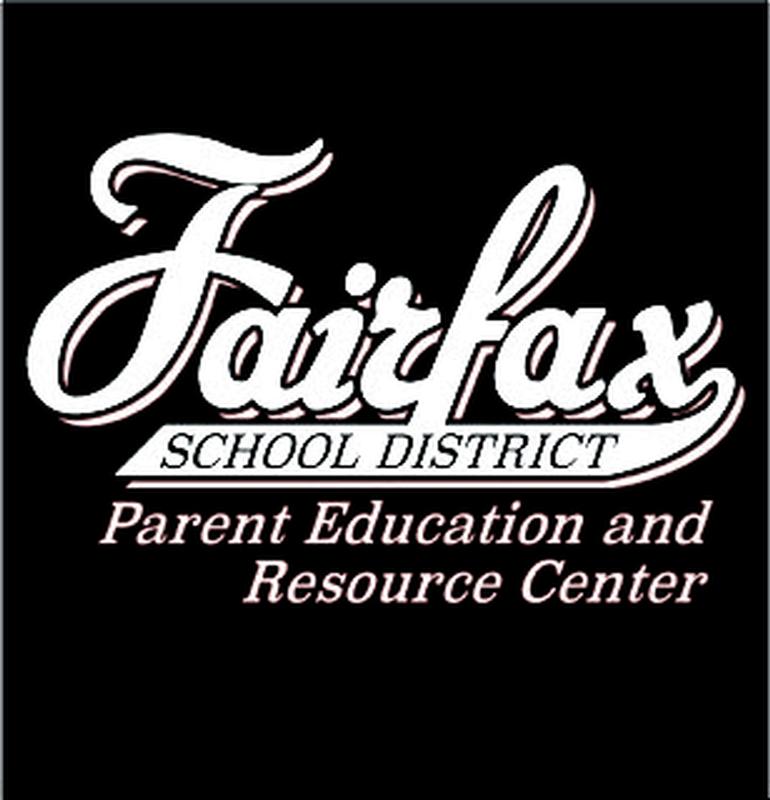FAIRFAX SCHOOL DISTRICT
The Fairfax School District was formed on May 6, 1891, to serve a sparsely populated area on Bakersfield's eastern fringe. One can only speculate as to how it was determined just where to build that first Fairfax schoolhouse since, unlike almost all other school districts, there was no center of population as such, the area being made up almost exclusively of small family farms.
During its first year of operation, 1891-92, the district's average daily attendance was eight students. The teacher that year was Viola LeBlanc and the district's first clerk was W. H. Walker. Indications are that enrollment remained relatively small for the next twenty years. No attendance records were found for those years but we know from a 1911 directory of Kern County's public schools, titled, "List of Districts, Clerks, and Teachers", that all grades at the Fairfax School for that year were still being taught by a single teacher, in this instance, Margaret Frazer.
The Fairfax district experienced moderate growth during the next twenty years, recording an average daily attendance for the 1932-33 school years of 101 students and a staff of three teachers: Mrs. Hester Wilhite, who was also the part time principal; Mrs. Florence Goodall; and Mrs. Minnie Hocking.
Food service was first offered to Fairfax students in 1928 and was initiated by Mrs. Rench; a founding member of the Fairfax PTA. Mrs. Rench cooked the meals at home and transported the food to school in kettles.
Bus transportation was first made available to Fairfax students in 1935 following purchase by the district of a used Reo bus from Kern County High School District. As originally configured, the Fairfax district encompassed an area of some fifty-seven square miles and bore little resemblance to the Fairfax district of today. The original boundary lines formed a large rectangle, the sides being four miles long from north to south and fifteen miles long from west to east. The western terminus ran on a line one mile east of, and parallel to, present day Union Avenue. The district’s eastern boundary, fifteen miles distant, was approximately two miles beyond Bena, or Bena Station, on the Southern Pacific Railroad.
![]()
Note: Creating a new school district of such proportions for a handful of students seems to defy logic but it was not at all uncommon at the time Fairfax was formed and the boundaries for many of Kern County's early school districts were drawn in a similar fashion.
![]()
While most school districts are named for the community they serve, e.g. Delano, Buttonwillow, and Arvin, Fairfax is unique in that it was named after a small town in Virginia. In about 1880, Henry W. Klipstein came to California from Virginia hoping that the warmer, drier climate here would prove beneficial to his failing health. Klipstein and his wife settled for a while in Kern County and he soon concluded that it was an area with bright economic prospects. Returning to Virginia, he reported his observations to his Virginia neighbors and encouraged them to follow him back to California.
In January of 1889, shortly after his return to Kern County, Klipstein purchased what was described as "an outside block of land at east Bakersfield" from the Kern County Land Company. Several of his Virginia neighbors soon joined him and, in the fall of 1889, the newcomers banded together to form what would come to be called "the Virginia Colony".
By January of 1890, three hundred acres of land had been purchased by twenty different colony residents, an average of fifteen acres each. The transplanted Virginians reportedly wasted no time and began immediately clearing the land of sagebrush and preparing it for the planting of trees, vines, and alfalfa. Although the Virginia colony has long since disappeared, we are reminded of its existence and the origins of those first settlers when we visit Fairfax School, or drive on Fairfax Road, or Virginia Avenue/ or Quantico Street.
The Virginia Colony, about four miles long from west to east, butted up against the south side of the Southern Pacific Railroad tracks, placing it in the Sumner School District. When the Fairfax School opened in 1891, however, it was the closest school to the Virginia Colony and colony youngsters attended Fairfax for some years with little apparent concern on the part of Sumner officials. But colony residents wanted to be able to vote in Fairfax trustee elections and have more of a voice in district operations and in March of 1900 submitted a "Petition for a Change in School District Boundaries" to the board of supervisors. The petition, asking that the Virginia Colony area be transferred from the Sumner district to the Fairfax School District, was granted a month later.
![]()
![]()
Note: Henry Klipstein's name does not appear on the petition and from that we can assume that he did not linger long in the Virginia Colony. He would, however, go on to become an important figure in our county’s history. Having purchased a dairy operation from the Kern County Land Company, it was said of Klipstein that "he prospered at the undertaking". He was soon buying land and cattle and before long owned 15,000 acres near Maricopa and leased another 75,000 acres from the government. He and his sons at one time raised 3,000 head of cattle on those properties. Klipstein also owned a considerable amount of improved and unimproved property in Bakersfield.
![]()
A host of new school districts were formed in Kern County between 1900 and 1930, many as a result of the oil boom that began shortly after 1900. Typically, territory for a new district was taken from an existing district or, in some instances, from more than one district. Between 1911 and 1921, a considerable portion of the territory originally allotted to Fairfax was given up for the formation or expansion of the Edison, Mountain View and Bakersfield districts. There were also occasions, of course, when territory was transferred to Fairfax from an adjacent district. Records indicate, for example, that a half section parcel (320 acres) was ceded to Fairfax from the Edison School District in 1921.
Those exchanges of territory, which continued until about 1960, resulted in a significant reduction in the size of the Fairfax district from fifty-seven to sixteen square miles. As presently configured, the district is bounded on the north by Edison Highway, on the east by Vineland Road and Weedpatch Highway, on the south by Hermosa Road and on the west by Quantico Street.
The original Fairfax School was destroyed by a fire that broke out on the first day that school resumed after the Christmas break in 1929. One hundred students and three teachers were present at the time but all were escorted safely out of the building by the principal, Ernest Hunter. Old photographs reveal that it was an elegant two story wood frame structure with open porches along at least two sides. The design, featuring a prominent bell tower, was typical of the day and so not unlike a host of other early Kern County schoolhouses.
The second Fairfax School, built on the same site as the original school, had the appearance and features found in schools built in the 1930s and 1940s. A beautiful brick structure, it had long corridors and a Spanish tile roof. Classrooms featured high windows to take advantage of the natural light. Unfortunately, this school was severely damaged and rendered unsafe for occupancy by the earthquake of 1952. The buildings were subsequently razed and replaced by the present facility, completed in 1953. Large tents were set up and used as classrooms while a new school was being built. Anticipating that there would soon be a need to provide additional classrooms for their growing student population, the district built a second school, the Virginia Avenue School, which opened in January of 1954. Initially, the Virginia Avenue campus included just eight classrooms and a cafeteria. Additions have been made over the years and today Virginia Avenue has twenty regular classrooms and a special day class. Fairfax remained a small, rural school district for the first forty years of its existence but, like many of its neighboring districts; it was witness to dramatic changes in the 1930s when thousands of refugees from the Dust Bowl states arrived in California looking for work as farm laborers. Many of those families ended their journey in Kern County, settling in the rich agricultural areas, including Fairfax, situated along the valley's eastern fringe. Between 1934 and 1938, enrollment in the Fairfax district more than tripled, from 102 students to 312 students.
In 1961-62 the Fairfax district had an average daily attendance of 814 pupils. Enrollment figures for the next twenty years, taken at five year intervals, indicate a stable student population for that time period (ADA is shown in parentheses): 1963-64 (876); 1968-69 (978); 1973-74 (895); 1978-79 (845); and 1983-84 (914). More significant increases in ADA began in the late 1980s and that pattern continues to the present time. This has been prompted to a large extent by a huge increase in the number of new homes being built in the district- homes that are being purchased by young families with children. The average daily attendance for 2004-05 was 1,620 students, for 2005-06, 1,705 students, and for 2007-08, 2,084 students. Enrollment as of November, 2008 was just over 2,100.
This growth pattern is not unique to Fairfax. It is, in fact, the norm for most schools and school districts in the central valley due to a general population increase in the state and also to an ever increasing number of Hispanic youngsters entering our educational system. As a result of this combination of factors, many districts, Fairfax included, are now serving twice as many students as they did ten years ago. A review of the Fairfax district's annual CBEDS (California Basic Educational Data System) summaries for the past few years clearly illustrates that demographic shift. In 1995, Hispanic youngsters represented just over 60% of the student population. By 2000, Hispanics made up 64% of the district's total enrollment- by 2005 that number had risen to 83%. The most recent CBEDS report, taken in October of 2007, indicates that almost 85% of Fairfax students are of Hispanic origin.
The Fairfax district has held a number of successful bond elections over the years and, with the exception of the bond election in 2000, it would appear from the size of those earlier bond issues that the funds thus generated were used for capital improvements. Successful elections were held in May of 1926 for $7,000; March of 1929 for $15,000; January of 1947 for $50,000; March of 1951 for $67,000; March of 1955 for $61,000; and July of 1990 for $180,000.
The district realized $4,260,000 from their May, 2000 bond election, a measure that was overwhelming approved by district voters. Funds from the sale of those bonds, supplemented by hardship funds, were used to build the Shirley Lane School, which opened its doors in 2005. Six classrooms were added in 2006 and the Shirley Lane campus now has 31 classrooms, including two portables.
A fourth school is on the drawing boards. It will be built on a twenty acre plot just north of the Fairfax School and on the west side of Fairfax Road. It is anticipated that at least a portion of that school will also be paid for with hardship funds.
Schools in the Fairfax School District were reconfigured in 1996 to reduce the number of grade levels served on any one campus. Virginia Avenue School is now a primary school, serving youngsters in grades K through 2, Shirley Lane School serves students in grades 3 through 5, and Fairfax School is the district's middle school, serving youngsters in grades 6 through 8.
Superintendents who have served the Fairfax district for the past thirty years have included: Victor Meyers (July, 1972- June, 1980); Dr. Bill Gibson (July, 1980- June, 1991); Carol Hatcher (July, 1991-January, 1993). Hatcher was followed by two interim superintendents, Clyde Johnston and Christine Frazier, who served from January 1993 to May, 1994. They were followed by George Blek (May, 1994- June, 1996) and Adolph Wirth (June, 1996- June, 2003). Desiree Von Flue served as the district's superintendent from 2003 to 2010. Michael Coleman served as superintendent from 2011- 2021. Regina Green (August 2021-July 2022). Most recently Mrs. Lora Brown has been appointed Superintendent by the Board of Education.
![]()
A footnote to the district’s history: Comments on the contributions to the district and the school community by Robert Stotler, long time Fairfax trustee. There is little doubt that the strongest and most esteemed supporter of the Fairfax School District is Robert Stotler. Mr. Stotler, who at age 84 just completed his 29th year as a trustee for the district, is revered by all district employees because of his genuine concern for students, staff members, and the quality of the district's educational programs. Mr. Stotler was a recent honoree at a Veteran's Day celebration at which time he was recognized for having served with valor and distinction in the U.S. Army during World War II. He was assigned to outfits that saw perilous duty in both the European and Pacific theaters and it's likely that he would have been involved in the invasion of the Japanese mainland had the war not ended abruptly following the dropping of the atomic bomb.
Bob Stotler has for many years been an active contributor to the success of the Fairfax 4-H and the Kern County Fair, where the swine exhibition area is named in his honor. He is a longtime member of the Masonic Lodge and through the auspices of that organization, has been successful in promoting a child identification program for Fairfax youngsters. Additionally, he has arranged for assistance for many children with disabilities through his association with the Shriner organization. Looking always for ways to provide wholesome activities for Fairfax students, Mr. Stotler was instrumental in organizing and developing a baseball program for district students. It is well known that he rarely misses a school function at any of the Fairfax schools, just one more reason why he is loved and admired by all district employees and generally characterized as "a wonderful, loving, caring man." •
![]()
“School District Origins in Kern County, CA” by Jerry Kirkland
Map of School Location's Within the Fairfax School District. Click on Button for Contact
Information and Driving Directions:
View Fairfax School District in a larger map
For technical questions and comments regarding this website, including accessibility concerns, please contact the Webmaster. Back to Top





